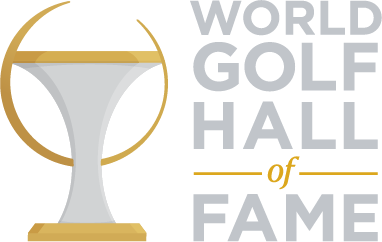By Greg Wires, Special to The Tower
In 1927, British businessman Samuel Ryder sponsored a trophy for a biennial golf competition between the USA and Great Britain/Ireland. In 2016, from September 30 through October 2, 12 golfers from the United States will square off in Minnesota against 12 golfers from a team now coming from GB&I, as well as the rest of Europe to compete for this trophy and pride. These 24 golfers will go head-to-head in match-play pairings at Hazeltine National Golf Club on the western side of the Twin Cities of Minneapolis and St. Paul, in relatively tiny Chaska, Minnesota.
There have been 16 World Golf Hall of Famers who have captained the U.S. Ryder Cup Team and seven Hall of Famers who have captained for Europe.
From Walter Hagen leading the U.S. team for six consecutive competitions beginning in 1927, to Tom Watson’s 2014 leadership, Hall of Famers have been captain more often than not. The list includes names like Arnold Palmer, Jack Nicklaus, Byron Nelson and Jack Burke, Jr.
This year’s captain, Davis Love III, seems like a near lock to soon be inducted. Love will lead his team against friend and rival Darren Clarke of the U.K. Love played on six Ryder Cup teams, compiling a 9-12-5 record. He captained the U.S. team in 2012 and has an outside chance of playing on his own team, having won a regular PGA TOUR tournament at age 51 in 2015. Clarke played on five winning Ryder Cup teams with a 10-7-3 record.
There almost certainly will be one current Hall of Fame Member playing at Hazeltine; quite possibly Phil Mickelson, who is currently stands No. 3 on the Ryder Cup points list.
The origin of the Ryder Cup began with informal matches between British and American golfers in Scotland prior to the British Open in 1921. The Brits won that match 9-3. Six years later they formally became the Ryder Cup matches following a 1926 meeting between Samuel Ryder, Ted Ray and Walter Hagen of the U.S.
The first official match was played at Worcester Country Club in Massachusetts. Team USA won 9 1/2 to 2 1/2, and the first official Ryder Cup competition was history.
Hazeltine National has rich ties to the World Golf Hall of Fame, designed by Robert Trent Jones and opened for play in 1962. Jones is one of six architects in the Hall. Hall of Famers have won four of the seven Majors played at Hazeltine. The first was Tony Jacklin at the 1970 U.S. Open, followed by Hollis Stacy (1977 U.S. Women’s Open), Billy Casper (1983 U.S. Senior) and culminating with an epic 18-hole U.S. Open playoff won by Payne Stewart in 1991. There is a footbridge on the traditional 16th hole dedicated to Stewart, smaller in size, but not unlike the Swilcan Bridge at historic St Andrews.
When the club was formed, Hazeltine members decided they wanted a course that would be good enough to hold Major Championships. For the Ryder Cup, it will play at 7,628 yards – the first competition to include three holes of more than 600 yards.
No matter how the matches go and what the end result, with names like Spieth, McIlroy and others playing, there are undoubtedly be future World Golf Hall of Fame Members competing at Hazeltine National.

